The Temperature and Humidity inside your bearded dragon’s cage are some of the most important things, if not the most important. You might think food is, but no. your dragon will not even look at food if the temperature and humidity are not correct.
There are a few key ways and a few must-haves, in order to keep these two components the way they should be. Some of the things needed for this can be a bit expensive so think wisely before taking a bearded dragon as a pet.
Bearded Dragon Temperature Requirements
The temp in your beardies cage depends on a lot of things, what climate you live in, the basking spot, and the size of the cage, to name a few. In order to get the temp just right, you might have to make a few changes before you get it perfect.
There are 4 defined temperatures in a bearded dragon’s cage, the cool side (side without heat sources), the warm side (side with the basking spot), and the basking platform temperature (rock or log). In addition, we also have night-time temperatures.
Logs and rocks will collect heat from the heat light and will become significantly warmer than the surrounding air in your cage. A basking platform that heats up is a MUST as it will help your bearded dragon to digest his/her food. Keep Note tho, that it does not heat up too much to a point where it will burn them.
Cool side – 77°F – 85°F (25-30°C)
Warm side, AKA the basking area – 85°F – 95°F (30-35°C)
The surface temperature of the basking platform (rock or log) – Not higher than 100°F (37°C)
Nighttime – 68°F – 77°F (20-25°C)
The following are ways to change the temperature of the cage…
Bearded Dragon Heat Lamp
Changing the watt output of the basking bulb is a great way to increase or decrease the temperature of a cage. If the cage is too warm, a lower-watt bulb should be inserted. If the cage is too cold, a higher-watt bulb should be inserted. When changing the bulb’s watt output, make sure the distance between the dragon and the light is correct to make sure your beardie does not burn or get cold.
The basking light should be on the side of the cage and not in the middle to make sure your beardie has a cool side to go to.
Read more about Bearded Dragon Light and Heat Setup
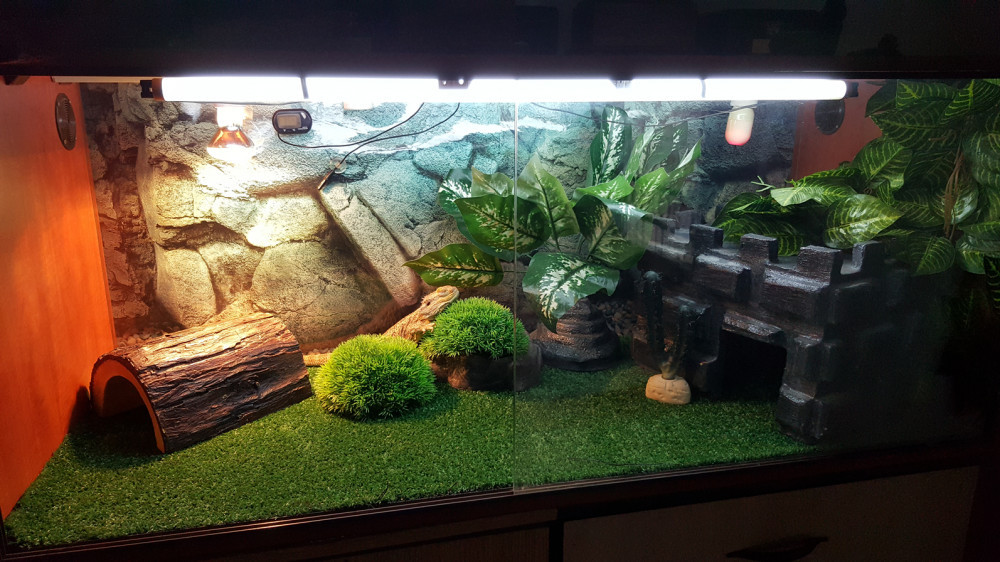
Cage Size
The size of the cage matters. You do not want to put your dragon in a cage where he/she can barely move and overheat easily. If you have a big cage and you cannot get the temps up, consider adding a ceramic heat lamp.
Controlled Lighting
Another way to control the temperature inside your beardies cage is by making use of a temperature or time-controlled unit. The temperature control unit is a device to which you connect your beardies’ basking light. Then set the temperature at which you would like the cage to be on and the unit will switch the lights on when it gets too cold and off when it gets too hot. The time-controlled unit works the same way but with time. Just decide on the intervals that the lights will be on and off, and the unit will do the rest.
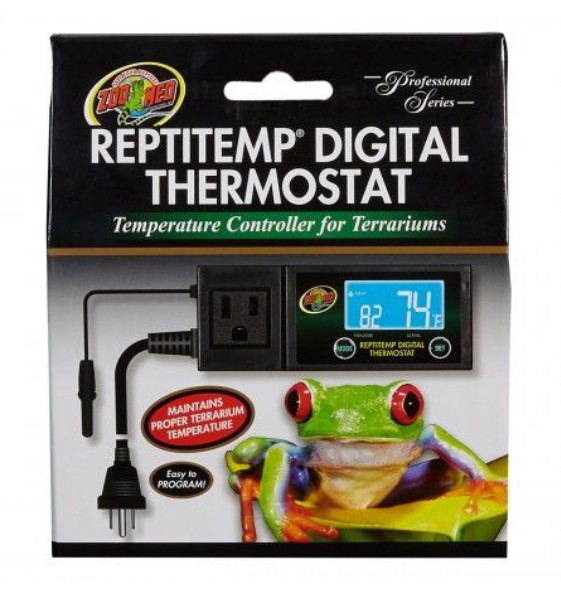
Fan
If you live in a very warm climate and none of the above can be applied, you can insert a small fan in the cage. Make sure to place it where your bearded dragon cannot reach it and put a cover over it just in case. Safety is more important. The fan will serve as a ventilator and keep cool air flowing in the cage.
Bearded Dragon Humidity
Humidity is the other important aspect when you have a bearded dragon. If their humidity is not correct they can become quite sick very fast. Bearded dragons need low humidity seeing as they are from Australia, a place that can basically be called a desert, especially the part where they are from. The humidity in your dragon’s cage should be between 35% and 40%. If your dragon has a respiratory infection, it should be 30% to 35%.
The only thing that affects the humidity in their cages is where you are staying. The cage will have high humidity if you are staying in a place with high humidity like near the beach, and the humidity will be low if you are staying in a place with low humidity, like Australia or Nevada.
Here are a few ways you can use to correct the humidity in your bearded dragon’s cage…
Water
All your dragons’ cages need to have a source of water, like a water bowl. The placement of the bowl matters. If you have humidity that is too high, place the water far from the heat source. If you have low-humidity cages, place the water close to the heat source. The heat from the basking light will evaporate the water if it is close by, causing humidity in the cage.
Dehumidifiers
If you are struggling with humidity that is too high, you can insert small dehumidifiers in their cages to pull the moisture out of the air. They are quite handy and very easy to use. Just place it where your dragon cannot tip it over on itself and so forth. Again safety comes first.
Humidifiers and Reptile Foggers
If you are struggling with humidity that is too low, you can make use of either a humidifier or a fogger. A fogger is placed inside the cage and then filled with water. It will literally blow out the fog, mist the cage, and put moisture in the air, increasing the humidity. A humidifier works the same way but it is placed outside the cage with the fog blowing into the cage through one of its vents. A fan can also be placed to blow the fog from the humidifier into the cage.
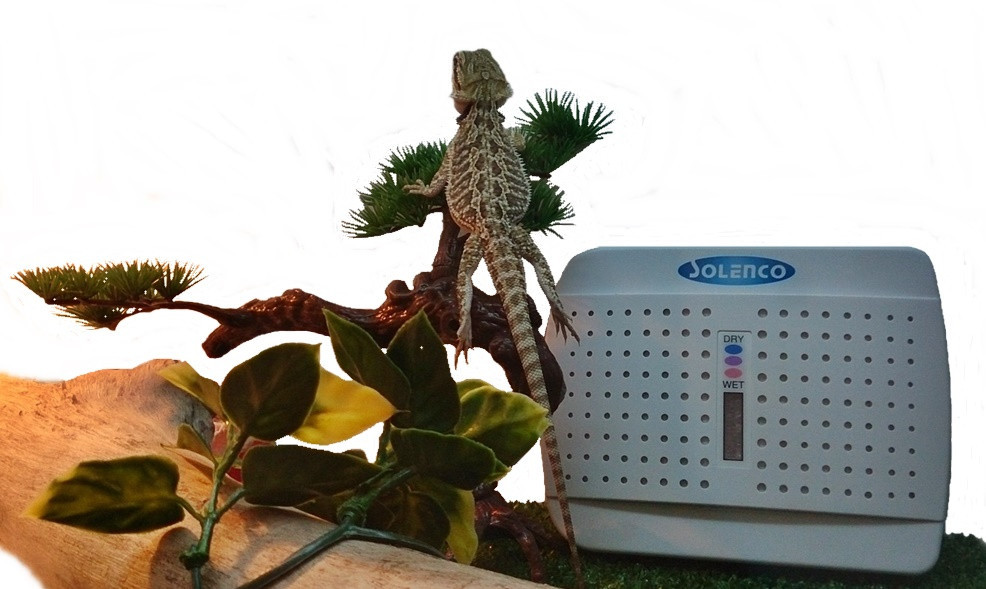
Determining the Humidity and Temperature In your Bearded Dragon’s Cage.
In order to know if the temperature or humidity is correct or needs to change, we have to know what they are at the moment. There are a few ways to do so and they are as follows…
Digital Thermometer
There are two types of digital thermometers. The one that has a wire and the one that is wireless. Both of them work extremely well and they are the most accurate in my opinion. Most of them can switch between Fahrenheit and Celsius to make life easier and they are easy to use. Just place it in the tank where beardies cannot reach it and where it can pick up the temperature of the area you want to know. I recommend having one in the cage at all times, especially on the warm side of the tank.
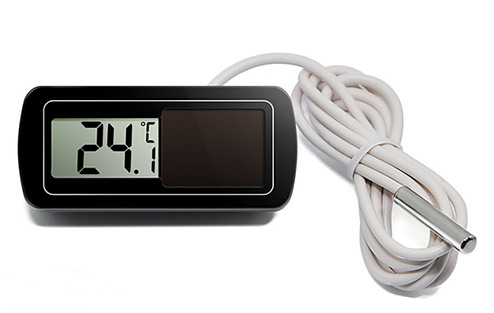
Analog Thermometers
Analog thermometers work just as well as digital ones; I prefer digital ones because of their accuracy and the fact that you can get them with a wire. If they do not have a wire, you have to place it at the exact spot. Analog ones are usually cheaper and easier to find. They work the same way, just stick it in the cage, in the area where you want the reading to be done.
Thermometer Strip or Stick
These are exactly what it sounds like they are. The strip is placed by sticking it to the side of the cage and the stick is placed by sticking it to the glass. Both use mercury to determine the temperature just like the ones we place outside to check how hot it is. I personally do not like them, because it can be hard to determine the accurate temp, seeing as it is just a red line or numbers changing color as it heats up or cools down.
Temperature Gun
A temperature gun is a very useful accessory to have. It is easy to use and very accurate. I personally do not like to use them, because you have to actually go and check every so often, whereas, with the thermometers, you can just take a quick peek every time you pass the cage.
Digital Hygrometer
They are one and the same as digital thermometers, they just read the humidity. They work the same and are used the same. Just place them in the cage and check it when you pass the cage and so forth.
Analog Hygrometer
Once again, they do not differ from the thermometers. They work the same way and are used the same way. I personally prefer the analog ones when it comes to hygrometers, because most of them are color-coded, showing you when it gets too low or too high.
2-in-1
The meter that is used the most, is the two-in-one meter. They have a thermometer and a hygrometer. You can choose whether you want analog or digital and they can be either wireless or have a wire, it is for you to choose what works best.
PS: Always make sure your dragon’s cage has proper ventilation, not only to supply your dragon with fresh oxygen but to help regulate the temperature and humidity as well.
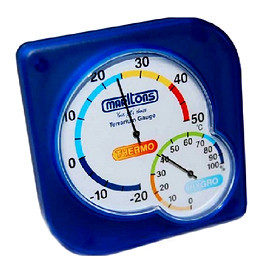
Side Note…
Winter and summer temperatures will obviously differ depending on where you live. Our summers are hot, winters are freezing, meaning the same heat bulbs that work well in winter, will heat up the cage way too much in the summertime. I have two sets of heat bulbs, one for summer and one for winter. We have big cages and 50W – 70W is more than enough in the hot summer months, sometimes we just switch them off completely because it is too hot. In winter, we use 100w to heat up the big cages, and sometimes it gets so cold that we have to add a ceramic heater as well.
When you buy your lights, keep your own climate in mind when doing so. There can not be a “set-in-stone” guidance when it comes to setting up the lights as no house, climate or cage is the same.
Also, keep in mind, if you go with a big cage (recommended), you will have to up the wattage.
Here is an example of one of my cage setups (Image below)
Huge cage (2m wide)
Summer – 120 cm linear UVB bulb and a 70W heat bulb on a timer during the day. No heat source at night.
Winter – 120 cm linear UVB bulb with a 100W heat bulb during the day and 100W ceramic heater at night.
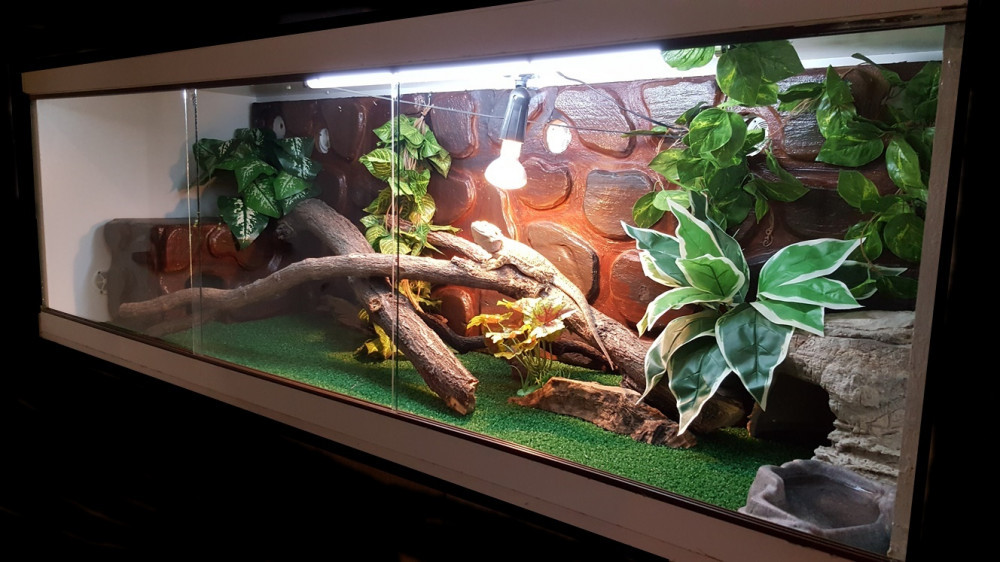
Have questions? Please leave a comment and we will answer you as soon as possible.
Have a nice day!
